Hartford Is Next Stop on the Road to Rio for Olympic Gymnastics Hopefuls
/Gymnastics will once again take center stage in Hartford this weekend, as for the third time in a decade Connecticut’s Capitol City is the center of the gymnastics world – this time in an Olympic year, when public interest ramps up to peak levels.
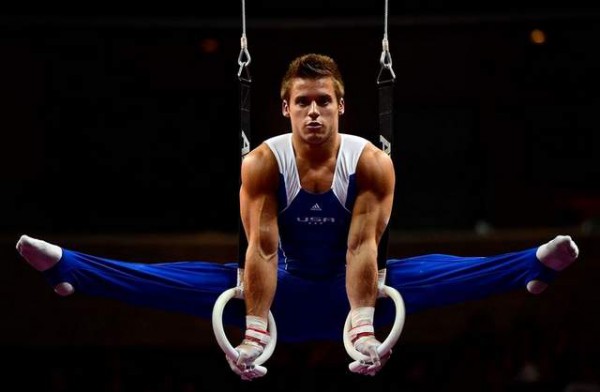 The three-day event begins on Friday at the downtown XL Center and features the two-day P&G Championships, the national championships for senior men’s gymnastics, and the Secret U.S. Classic, the final women’s qualifier for the P&G Women’s Gymnastics Championships. The field for both events is nothing short of phenomenal.
The three-day event begins on Friday at the downtown XL Center and features the two-day P&G Championships, the national championships for senior men’s gymnastics, and the Secret U.S. Classic, the final women’s qualifier for the P&G Women’s Gymnastics Championships. The field for both events is nothing short of phenomenal.
The men’s 2016 P&G Championships will determine the men’s senior national champions and national team, as well as the men who will advance to the 2016 U.S. Olympic Team Trials for Men’s Gymnastics in St. Louis, June 23 and 25.
The Secret U.S. Classic, which has women competing on the junior and senior levels, serves as the last opportunity for female gymnasts to qualify for the P&G Women’s Championships in St. Louis (June 24 and 26), as well as a tune-up for many of the country’s top women leading into the national championships.
Led by three-time World all-around champion Simone Biles of Spring, Texas, eight gymnasts who have won World Championships or Olympic gold medals, including athletes who helped Team USA win the World team titles in 2011, 2014 and 2015 and the team gold medal at the 2012 Olympic Games, are expected to compete.
The 2016 Men’s P&G Gymnastics Championships begin on Friday, and will feature a field of 11 men who have combined fo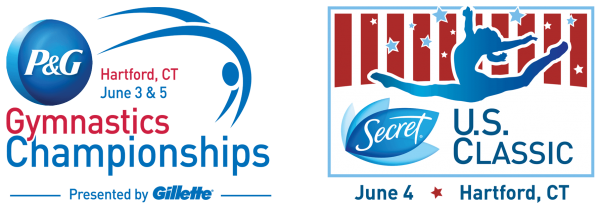 r 39 U.S. titles and 12 world championships medals. 2012 Olympian and three-time U.S. champion Sam Mikulak of Newport Coast, Calif., is pursuing his fourth consecutive U.S. all-around title. Including Mikulak, four members of the 2012 U.S. Men’s Olympic Team are slated to compete in Hartford this weekend.
r 39 U.S. titles and 12 world championships medals. 2012 Olympian and three-time U.S. champion Sam Mikulak of Newport Coast, Calif., is pursuing his fourth consecutive U.S. all-around title. Including Mikulak, four members of the 2012 U.S. Men’s Olympic Team are slated to compete in Hartford this weekend.
The competition will determine both the men’s senior national champions and national team, as well as the athletes who will advance to the U.S. Olympic Team Trials on June 23-25 in St. Louis. From there, five men will be chosen to represent Team USA at the Rio de Janeiro 2016 Olympic Games.
For those interested in looking well beyond this year’s Olympics, The Hopes Championships, which features young, aspiring female gymnasts (ages 10-13) , is held in conjunction with the Secret U.S. Classic and is scheduled for June 3 at 2:30 p.m. Throughout the weekend, fans in attendance will have opportunities to visit the Kellogg’s Nutrition Zone and learn about International Gymnastics Camp.
The XL Center has hosted the USA Gymnastics national championships twice: in 2010 and 2013. Both were important events building toward Olympic years, and Olympians competed both times, but neither was in an actual Olympic year. The Summer Olympics are scheduled for Aug. 5-21, 2016 in Rio de Janeiro, Brazil.
“When we left [Hartford] last time, I said, 'We'll look for a way to come back,' USA Gymnastics President and CEO Steve Penny said on a conference call when the events were awarded to Hartford in late 2014. "The density of our community is so great in that northeast part of the country. We knew we would have a good following for men's and women's gymnastics.”
The gymnastics events will garner national sports media coverage, including a live telecast on NBC on Sunday afternoon, and taped coverage on NBC Sports Network on Sunday night. Some events will also be streamed live online.
Connecti cut will be back in the sports spotlight later this summer, with the Travelers Championship PGA Tour event, traditionally held in June, pushed back to August, due to the Summer Olympics. The run-up to that event, perennially a big draw for fans in Connecticut and New England, begins when defending champion Bubba Watson is interviewed during the MetroHartford Alliance’s Rising Star Breakfast on June 20. The tournament will be August 1-7 at TPC River Highlands in Cromwell, with the final round telecast by CBS Sports.
cut will be back in the sports spotlight later this summer, with the Travelers Championship PGA Tour event, traditionally held in June, pushed back to August, due to the Summer Olympics. The run-up to that event, perennially a big draw for fans in Connecticut and New England, begins when defending champion Bubba Watson is interviewed during the MetroHartford Alliance’s Rising Star Breakfast on June 20. The tournament will be August 1-7 at TPC River Highlands in Cromwell, with the final round telecast by CBS Sports.
 Just weeks later, New Haven will be hosting the Connecticut Open, formerly the Pilot Pen, tennis tournament August 19-27. Connecticut Open presented by United Technologies features world-class women’s tennis players, highlighted by three-time champion and World No. 6 Petra Kvitova and Americans Madison Keys and Sloane Stephens. The event at the Connecticut Tennis Center at Yale will also be telecast nationally. ESPN2 will broadcast the women’s semifinals (Friday, August 26) and finals (Sunday, August 27). Early round matches can also be seen on ESPN3.
Just weeks later, New Haven will be hosting the Connecticut Open, formerly the Pilot Pen, tennis tournament August 19-27. Connecticut Open presented by United Technologies features world-class women’s tennis players, highlighted by three-time champion and World No. 6 Petra Kvitova and Americans Madison Keys and Sloane Stephens. The event at the Connecticut Tennis Center at Yale will also be telecast nationally. ESPN2 will broadcast the women’s semifinals (Friday, August 26) and finals (Sunday, August 27). Early round matches can also be seen on ESPN3.
Photos above: Three-time U.S. champion Sam Mikulak; Juniors competitor Riley McCusker of New Milford.


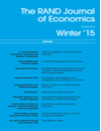 impact of a seller’s race in a field experiment involving baseball card auctions on eBay. The results, according to the researchers, left little doubt.
impact of a seller’s race in a field experiment involving baseball card auctions on eBay. The results, according to the researchers, left little doubt.
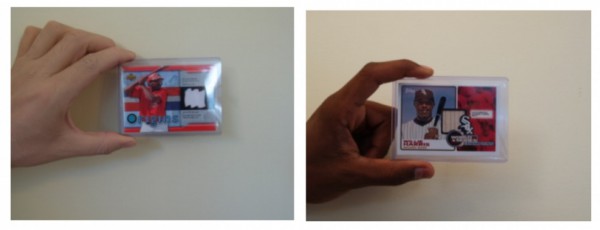 e first total was larger.”
e first total was larger.” e Gordon Bradford Tweedy Professor at Yale Law School and the Director of the Law and Economics Program at the National Bureau of Economic Research (NBER) with headquarters in Cambridge, Massachusetts.
e Gordon Bradford Tweedy Professor at Yale Law School and the Director of the Law and Economics Program at the National Bureau of Economic Research (NBER) with headquarters in Cambridge, Massachusetts. 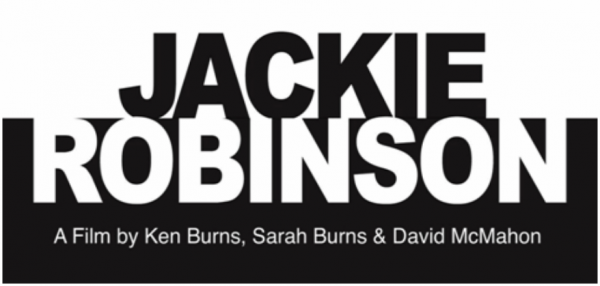
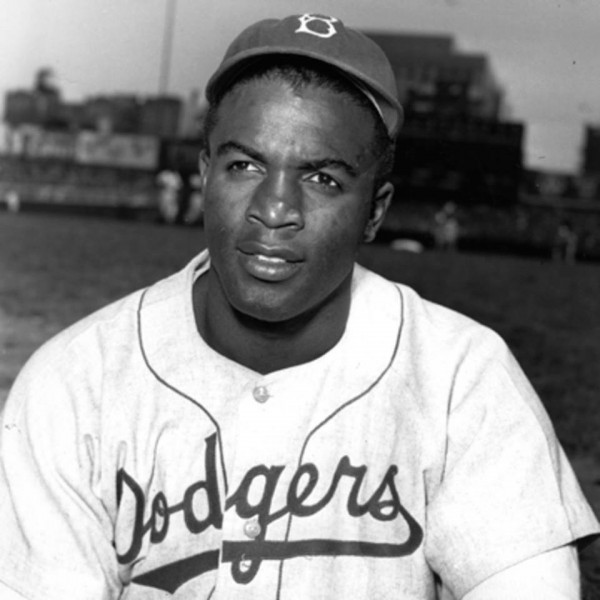
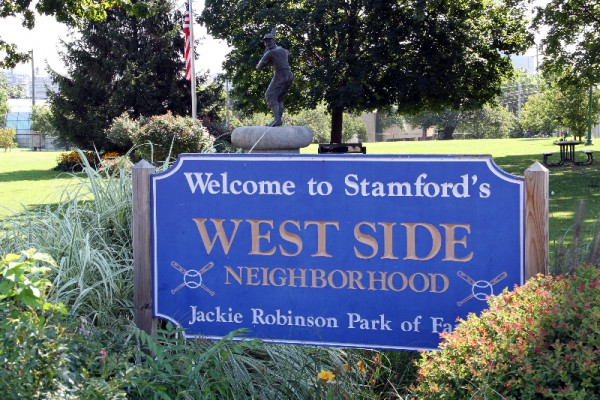 Stamford has a public park named in his honor, recalling that Robinson represented tolerance, educational opportunity, and the confidence that inspires personal achievement and success. A life-size bronze statue of Jackie Robinson with an engraved base bearing the words “COURAGE,” “CONFIDENCE,” AND “PERSEVERANCE” stands in the park located on West Main Street, the gateway to downtown Stamford.
Stamford has a public park named in his honor, recalling that Robinson represented tolerance, educational opportunity, and the confidence that inspires personal achievement and success. A life-size bronze statue of Jackie Robinson with an engraved base bearing the words “COURAGE,” “CONFIDENCE,” AND “PERSEVERANCE” stands in the park located on West Main Street, the gateway to downtown Stamford.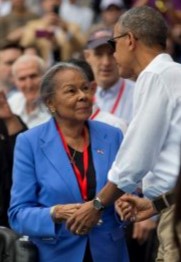 “It brought back very personal memories of my father talking about his trip to Cuba in 1947, when the Brooklyn Dodgers trained in Havana. At the time, dad was a member of the Dodgers' farm team, the Montreal Royals. Branch Rickey arranged for him to fly to Cuba for an exhibition game, just a couple of months before he broke down baseball's color barrier in the United States. To me, this connection to my father almost brought me to tears. I was watching a baseball game in the same stadium nearly 70 years later.”
“It brought back very personal memories of my father talking about his trip to Cuba in 1947, when the Brooklyn Dodgers trained in Havana. At the time, dad was a member of the Dodgers' farm team, the Montreal Royals. Branch Rickey arranged for him to fly to Cuba for an exhibition game, just a couple of months before he broke down baseball's color barrier in the United States. To me, this connection to my father almost brought me to tears. I was watching a baseball game in the same stadium nearly 70 years later.”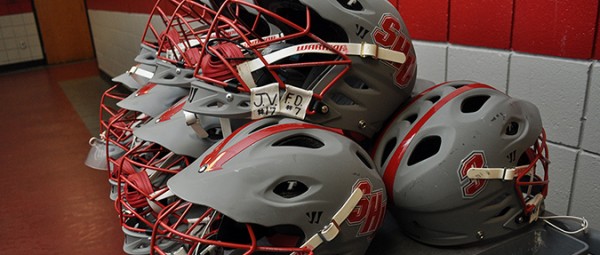
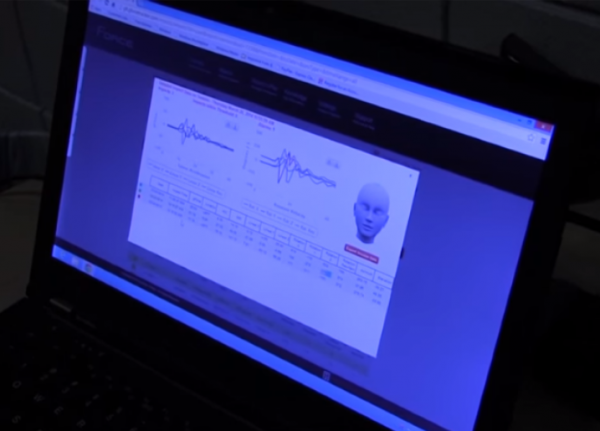


 ast season as the New Britain Rock Cats, the team
ast season as the New Britain Rock Cats, the team 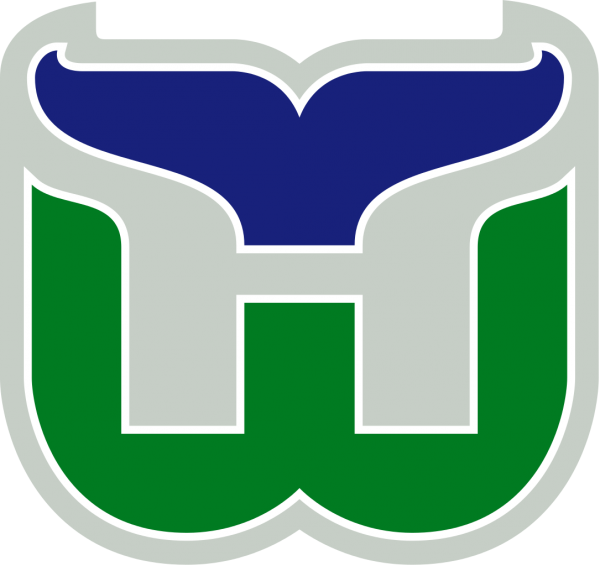
 ave the Whale” season-ticket drive resulted in 8,300 season tickets sold, about 3,000 more than the previous year. In the aftermath of the season ticket drive, and heading into the 1996-97 season, the Whalers management said they would remain in Hartford for two more years, in accordance with their lease.
ave the Whale” season-ticket drive resulted in 8,300 season tickets sold, about 3,000 more than the previous year. In the aftermath of the season ticket drive, and heading into the 1996-97 season, the Whalers management said they would remain in Hartford for two more years, in accordance with their lease.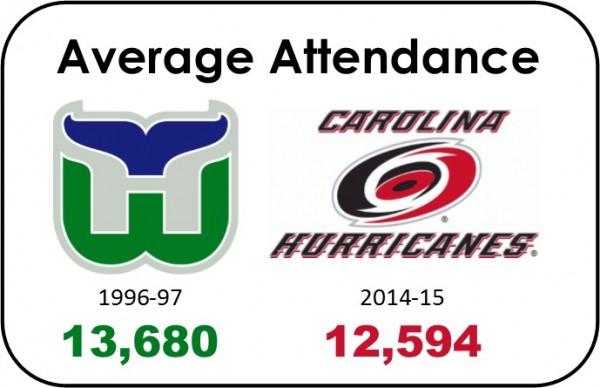 efore management moved the team from Hartford. (To 10,407 in 1993-94, 11,835 in 1994-95, 11,983 in 1995-96 and 13,680 in 1996-97.)
efore management moved the team from Hartford. (To 10,407 in 1993-94, 11,835 in 1994-95, 11,983 in 1995-96 and 13,680 in 1996-97.)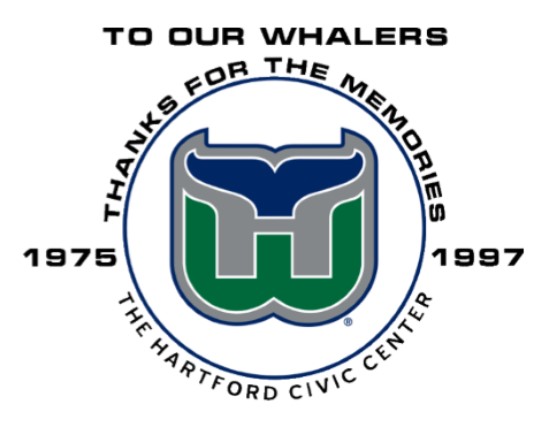

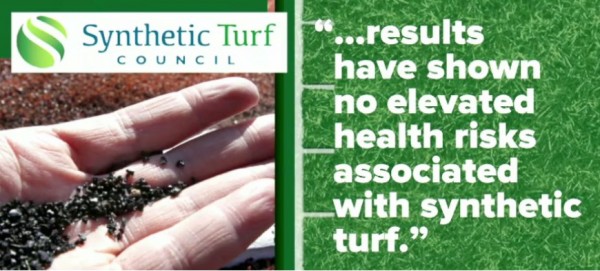 In
In  Marking the launch of the new Share the Road campaign, this year's featured speaker is Colleen Kelly Alexander. Bike Walk Connecticut officials describe her remarkable story: After undergoing brain surgery in 2007 for a chiari malformation, Colleen overcame a lupus and cryoglobulinemia diagnosis in 2009, pushing forward to become a successful, competitive triathlete. In 2011, while on a routine bike ride, she was run over by a freight truck. Crushed, ripped apart and bleeding out, she flatlined twice, spent five weeks in a coma and has since endured over twenty surgeries. Defying diagnoses, dire predictions and death, Colleen stunned doctors by bucking the odds and coming back to run more than 50 races and complete 15 triathlons, including 4 half Ironman events since her trauma. Colleen and husband Sean Alexander were elected to the Bike Walk Connecticut board of directors in 2015.
Marking the launch of the new Share the Road campaign, this year's featured speaker is Colleen Kelly Alexander. Bike Walk Connecticut officials describe her remarkable story: After undergoing brain surgery in 2007 for a chiari malformation, Colleen overcame a lupus and cryoglobulinemia diagnosis in 2009, pushing forward to become a successful, competitive triathlete. In 2011, while on a routine bike ride, she was run over by a freight truck. Crushed, ripped apart and bleeding out, she flatlined twice, spent five weeks in a coma and has since endured over twenty surgeries. Defying diagnoses, dire predictions and death, Colleen stunned doctors by bucking the odds and coming back to run more than 50 races and complete 15 triathlons, including 4 half Ironman events since her trauma. Colleen and husband Sean Alexander were elected to the Bike Walk Connecticut board of directors in 2015. 
 lnerable User Law Mandates $1000 Fine. Connecticut requires a fine of up to $1000 on drivers who cause the death or serious injury of a pedestrian, cyclist or other vulnerable road user who used reasonable care.
lnerable User Law Mandates $1000 Fine. Connecticut requires a fine of up to $1000 on drivers who cause the death or serious injury of a pedestrian, cyclist or other vulnerable road user who used reasonable care. For Pedestrians:
For Pedestrians: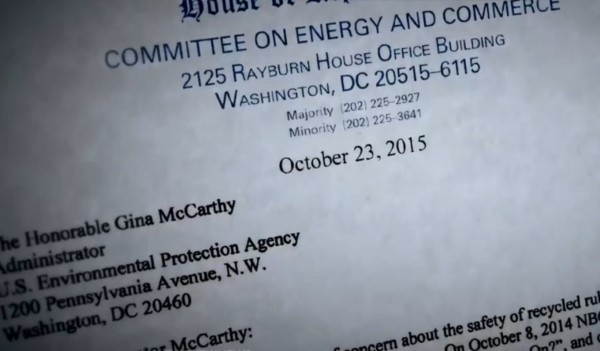
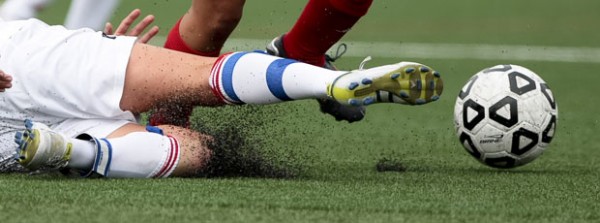

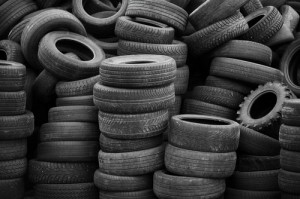

 It all began in the summer of 1953, when David N. Mullany, grandfather of the current company owners (brothers David and Stephen) was watching his 12 year old son and a friend play a game in their backyard in Fairfield, using a perforated plastic golf ball and a broomstick handle. They had given up on baseball and softball - not enough players for two teams, not enough space for a field, and too many broken windows.
It all began in the summer of 1953, when David N. Mullany, grandfather of the current company owners (brothers David and Stephen) was watching his 12 year old son and a friend play a game in their backyard in Fairfield, using a perforated plastic golf ball and a broomstick handle. They had given up on baseball and softball - not enough players for two teams, not enough space for a field, and too many broken windows.
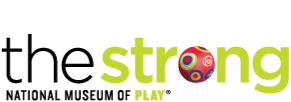 Established in 1998, the
Established in 1998, the 



























